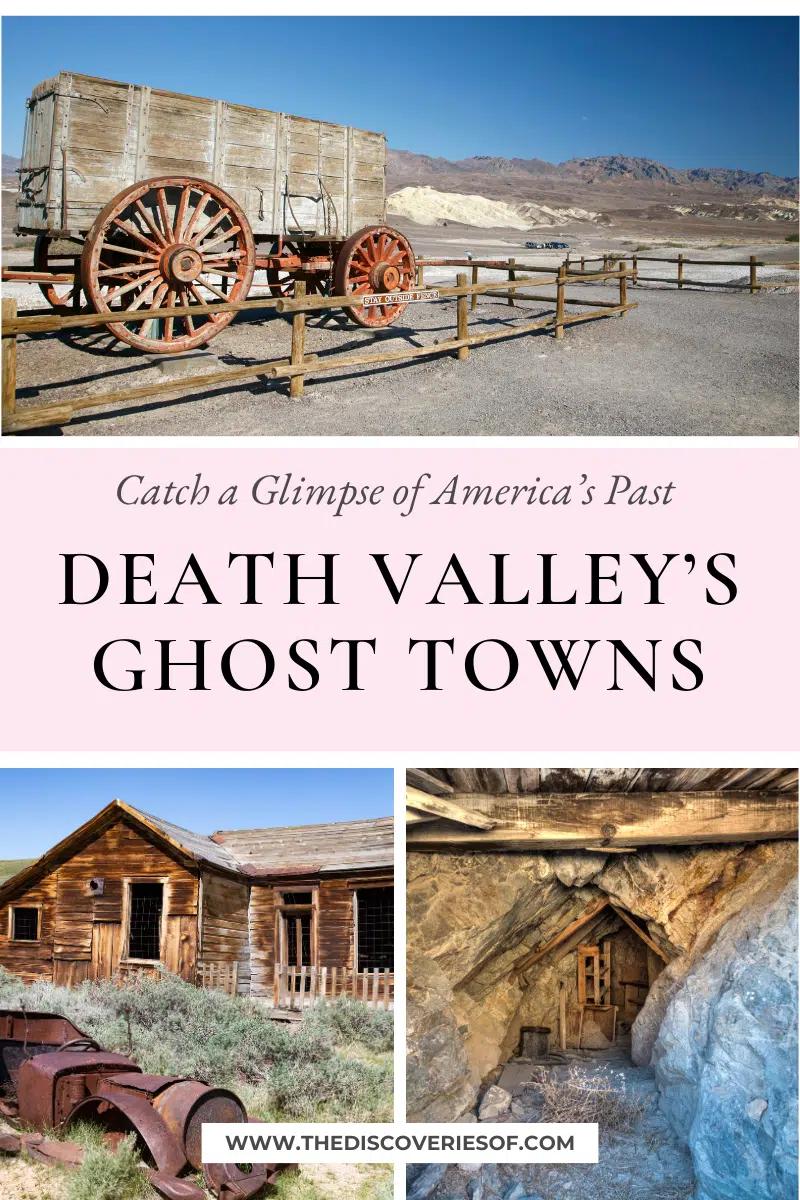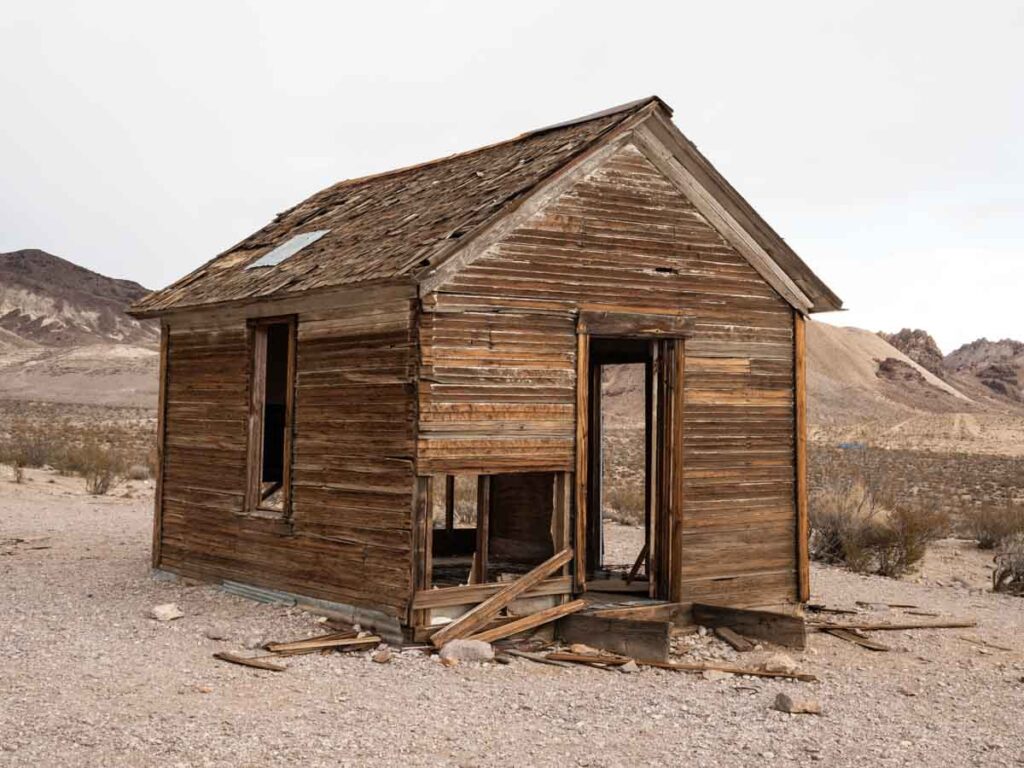
The Whispers of the West: How America’s Legends Haunt Death Valley’s Ghost Towns
America is a young nation, yet its soil is rich with stories – tales whispered around campfires, spun in frontier saloons, and debated in academic halls. From the colossal feats of lumberjacks to spectral figures lurking in forgotten valleys, these legends are more than mere folklore; they are the narrative fabric of a nation forging its identity, its hopes, its fears, and its enduring spirit. And nowhere do these broad, sweeping myths feel more tangible, more immediate, than in the silent, sun-baked ruins of California’s Death Valley ghost towns, where the past doesn’t just echo; it breathes.
These desolate outposts, once pulsating with the frantic energy of gold and silver rushes, now stand as stark monuments to ambition, hardship, and the ephemeral nature of dreams. They are not just abandoned structures; they are legends in themselves, physical manifestations of the American frontier spirit, offering a haunting backdrop where the nation’s grandest tales and deepest fears seem to coalesce.
The Giants and Pioneers: Legends of Manifest Destiny

Before we delve into the spectral silence of the desert, consider the bedrock of American legend: the tall tales. Paul Bunyan, the colossal lumberjack whose axe carved lakes and whose blue ox, Babe, could flatten mountains, embodies the nation’s audacious spirit of conquering the wilderness. Johnny Appleseed, the gentle pioneer who sowed apple orchards across the Midwest, represents the dream of taming the land, of leaving a lasting, nurturing legacy. Pecos Bill, the cowboy who lassoed a tornado and rode a mountain lion, personifies the rugged individualism and the boundless bravado of the Wild West.
These are not just fanciful stories; they are allegories for Manifest Destiny, the driving force behind westward expansion. They speak to a time when the continent felt limitless, waiting to be shaped by human will. It was this same untamed optimism, this belief in boundless opportunity, that drew prospectors, miners, and settlers into the most inhospitable corners of the American West – places like Death Valley. They came seeking their own legends, their own fortunes, their own epic struggles against nature. The ghost towns are where these personal legends, both triumphant and tragic, played out.
The Cryptids and the Unseen: Legends of the Untamed Wild
As the frontier receded, giving way to towns and railroads, the legends shifted. The vast, unexplored spaces of America became fertile ground for tales of the unknown, of creatures lurking just beyond the edge of human perception. Bigfoot, the elusive ape-man of the Pacific Northwest, is perhaps the most famous of these cryptids. He represents our primal fascination with the wild, the fear and awe of what remains untamed in a world increasingly mapped and understood. Similarly, tales of the Mothman in West Virginia or the Chupacabra in the Southwest speak to localized anxieties, the lurking dread of something alien and predatory in familiar surroundings.
Death Valley, with its stark, alien landscapes – shimmering salt flats, jagged mountains, and canyons that seem to swallow sound – is an ideal canvas for such legends. The isolation is profound, the natural world overwhelming. One can easily imagine the parched prospector, delirious from the sun, encountering something inexplicable in the heat haze, something that defies easy categorization. The desert, in its magnificent desolation, invites the mind to fill its empty spaces with wonders and horrors. The ghost towns, then, become not just backdrops, but stages where the line between the natural and the supernatural blurs, where the desperate whispers of the wind could easily be interpreted as something else entirely.
The Ghosts of Ambition: Death Valley’s Spectral Towns
But the most potent legends, the ones that truly resonate with the silent sentinels of Death Valley, are those of human endeavor and its often-spectral aftermath. These are the ghost towns themselves, each a legend in its own right, each a repository of countless personal stories that collectively form a powerful American myth.
Take Rhyolite, Nevada, just outside Death Valley National Park. In 1904, the discovery of gold transformed a barren landscape into a bustling city of nearly 5,000 residents in just a few years. It boasted a three-story bank, a stock exchange, a hospital, a school, and even an opera house. Yet, by 1911, the gold ran out, the mines closed, and Rhyolite withered, becoming a phantom town. Today, its skeletal remains – the facade of the bank, the Bottle House constructed from 50,000 discarded glass bottles, the eerie train station – stand as a stark testament to the boom-and-bust cycle that defined so much of the American West.

The legend of Rhyolite isn’t just about its rapid rise and fall; it’s about the lingering presence of its former inhabitants. Visitors often report a profound sense of melancholy, a feeling of being watched, or hearing faint echoes of laughter and conversation on the wind. It’s the ghost of collective ambition, the spectral presence of thousands of hopes and dreams that evaporated in the desert heat.
Even more iconic is Bodie, California, often considered the best-preserved ghost town in America, though technically located north of Death Valley in the Bodie Hills. Bodie’s reputation precedes it: "Goodbye, God, I’m going to Bodie!" was the farewell cry of those heading to this notorious mining camp. At its peak in the 1870s, it was a wild, lawless town with 10,000 residents, 65 saloons, a red-light district, and a daily body count from shootouts, brawls, and accidents.
Today, Bodie is preserved in a state of "arrested decay" by California State Parks. Buildings stand with goods still on shelves, tables set, and schoolbooks open. But the real legend of Bodie lies in its pervasive haunting. It’s said that if you take even a small rock or nail from Bodie, you’ll be afflicted with the "Bodie Curse" – a string of bad luck, illness, or financial ruin – until the item is returned. Countless returned artifacts, accompanied by letters begging for forgiveness, attest to the power of this legend. People report seeing apparitions of former residents, hearing disembodied voices, or experiencing strange cold spots. The energy of its violent, vibrant past is palpable, making it a living museum of American legend, where the spirits of outlaws, miners, and saloon girls still walk the dusty streets.
"Bodie is a town that refuses to die," observed one park ranger. "The stories here are not just in books; they’re in the creak of the floorboards, the dust on the windows, the silence that screams of lives lived and lost."
Other ghost towns dot the Death Valley region, each with its own spectral narrative. Ballarat, for instance, was a gold camp that briefly housed the infamous Charles Manson and his "family" in the late 1960s, adding a dark, modern layer to its historical legends. Panamint City, perched precariously in the Panamint Mountains, was a silver boomtown so remote and dangerous that supplies had to be hauled in by mule train over treacherous terrain. Its ruins, even harder to access, are whispered to hold the spirits of those who perished in its brutal pursuit of wealth.
These towns are not just places where ghosts are seen; they are places where the very idea of a ghost feels real. The profound silence, broken only by the wind, seems to carry the echoes of past conversations, the clatter of pickaxes, the raucous laughter from a long-gone saloon. The crumbling walls are not just stone and timber; they are the skin of a collective memory, revealing the legends of human endurance, greed, hope, and despair.
The Enduring Power of the Narrative
Why do these legends, from the fantastical giants to the spectral miners, continue to captivate us? Because they are more than entertainment. They are a way for us to understand our past, to grapple with the vastness of the American landscape, and to confront our own fears and aspirations. The tall tales remind us of our capacity for greatness and our pioneering spirit. The cryptids speak to our enduring fascination with the unknown. And the ghost towns, particularly those in the unforgiving embrace of Death Valley, offer a tangible link to the legends of human struggle and the fragile nature of our endeavors.
In the blistering heat and profound silence of Death Valley’s ghost towns, the veil between history and legend thins. The stories of Paul Bunyan’s strength and Johnny Appleseed’s perseverance feel more profound when standing amidst the ruins of lives spent in equally epic struggles against nature. The eerie silence of Bodie amplifies the whispers of its curse, making the spectral legends feel chillingly real. These forgotten places are not just historical sites; they are living museums of the American imagination, where the legends of a nation continue to breathe, carried on the desert wind, forever haunting the land they once tried to conquer.
As the sun sets over the Panamint Mountains, casting long, stark shadows across the deserted streets of Rhyolite or Bodie, one can almost hear the faint echoes of the past – a distant pickaxe, a ghostly laugh, the whisper of a dream. In these desolate yet deeply resonant places, America’s legends are not just stories; they are an integral, indelible part of the very air, inviting us to listen, to remember, and to wonder.


